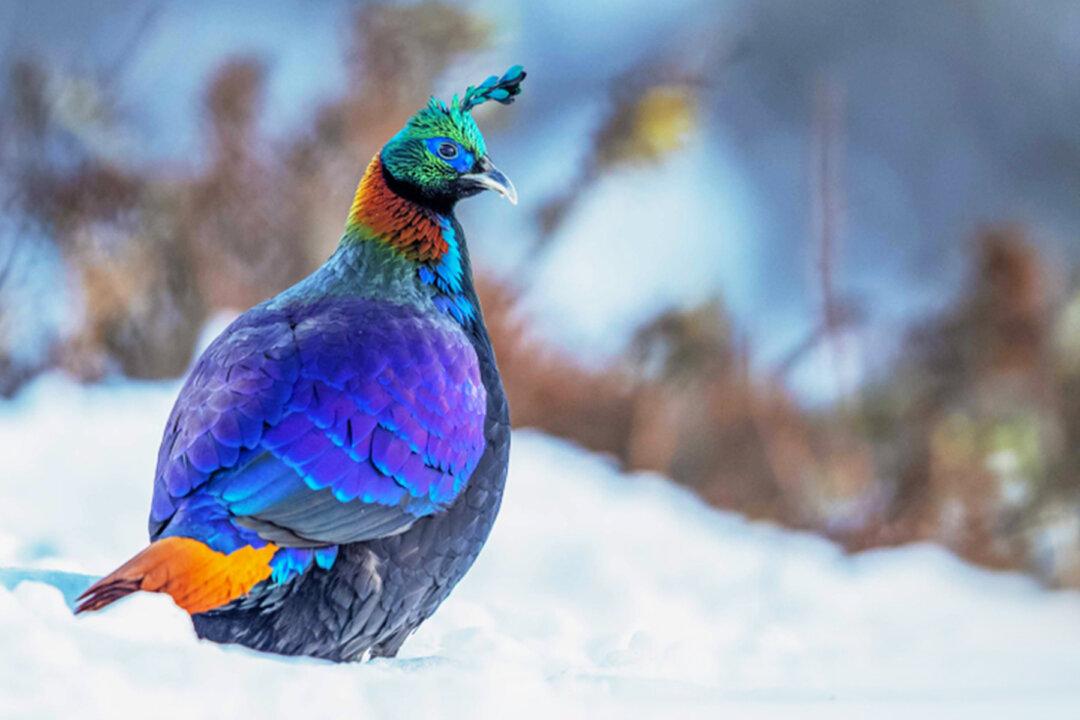The Himalayan monal is one of nature’s stunningly beautiful birds. Known for its metallic multicolored iridescent plumage, this large-size mountain pheasant is a feast to birdwatchers’ eyes.
This gentle species is the national bird of Nepal and the state bird of Uttarakhand, a state in the northern part of India. Among Nepalese citizens, the bird is often referred to as the “Danphe.”






